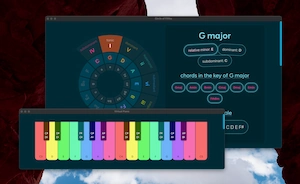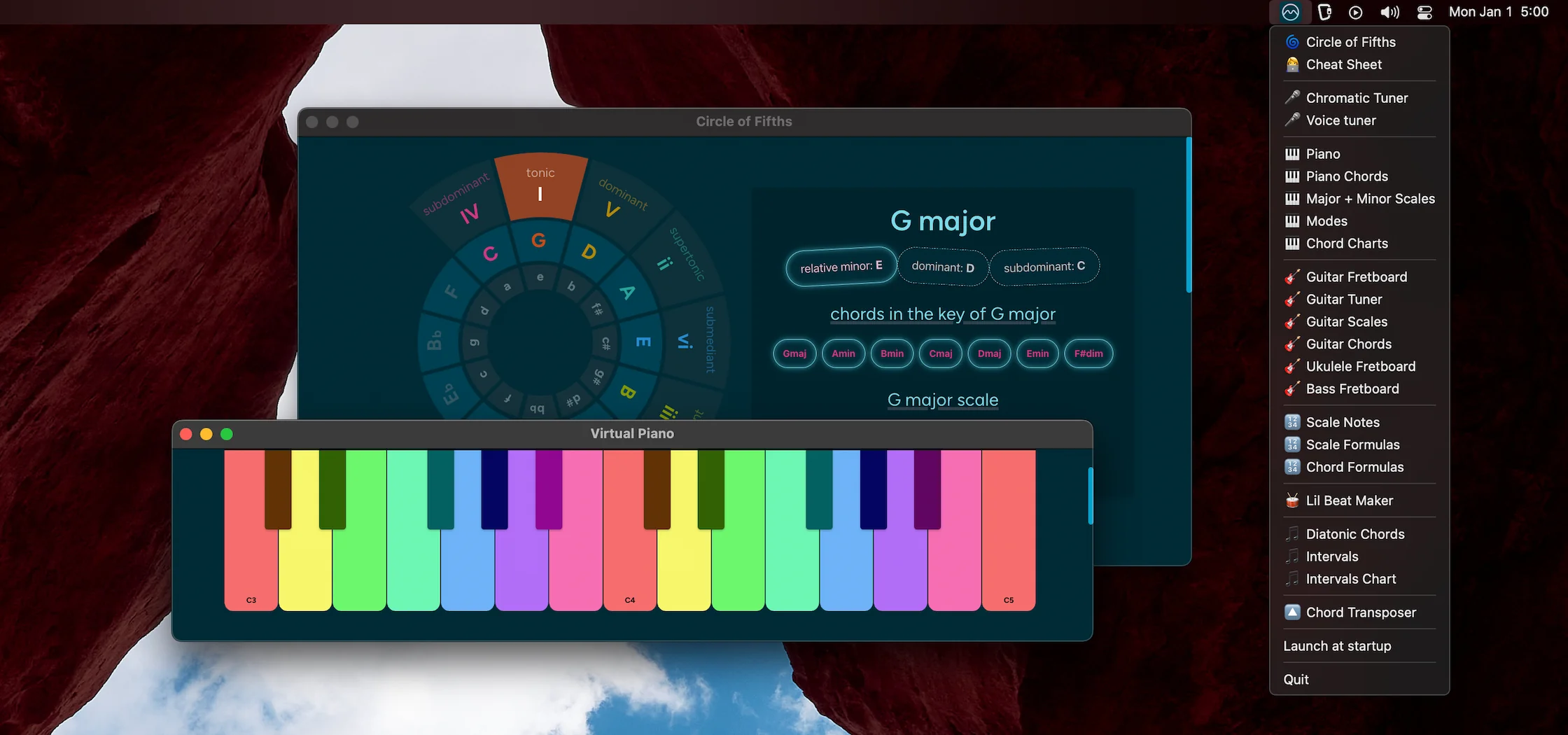Enharmonic Equivalent Chart with Enharmonic Note Names
Musical note names can have multiple names depending on the context in which
a given note is being used.
For example, if we're playing a B note and then playing the note that's a semitone down, we'll say that we're playing a B♭. If instead we're playing an A note and then playing the note that's a semitone up from that note, we'll say that we're playing an A♯ note. B♭ and A♯ represent the same pitch, so they are enharmonically equivalent.
When a note has a different name while representing
a same pitch, it is known as an enharmonic equivalent note. Sometimes it gets
tiring to do the mental gymnastic of calculating in our head which note we're
talking about, so here's an easy chart with the 12 notes of the chromatic scale
with their enharmonic equivalent note names.
Note that the double sharp accidental can also often be represented with the 𝄪 character.



